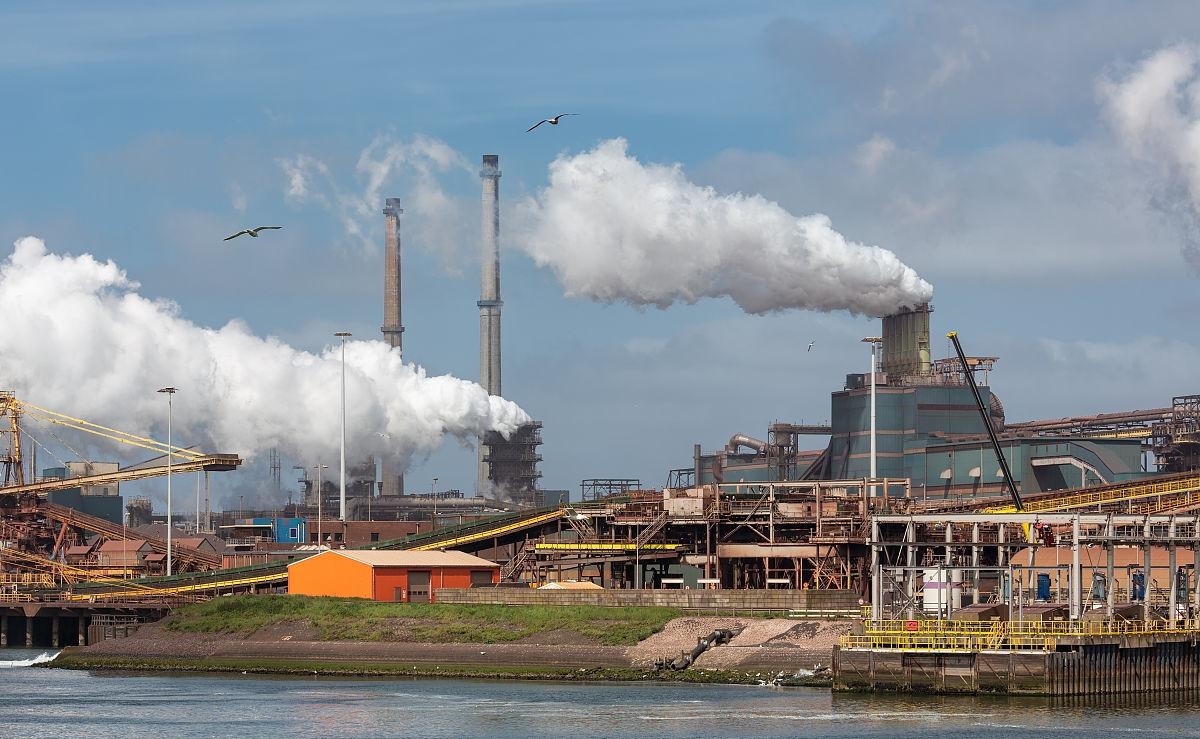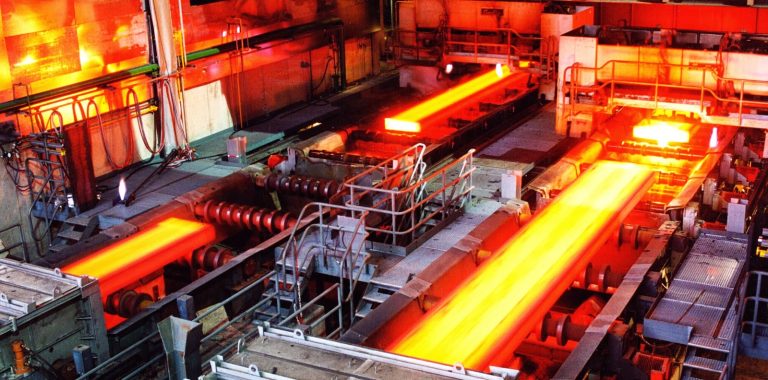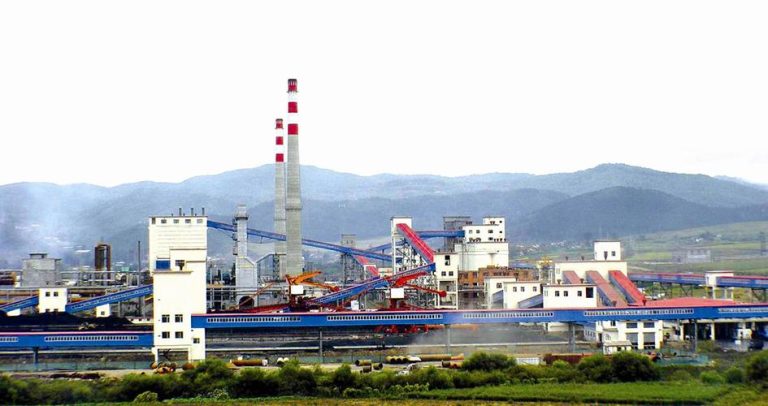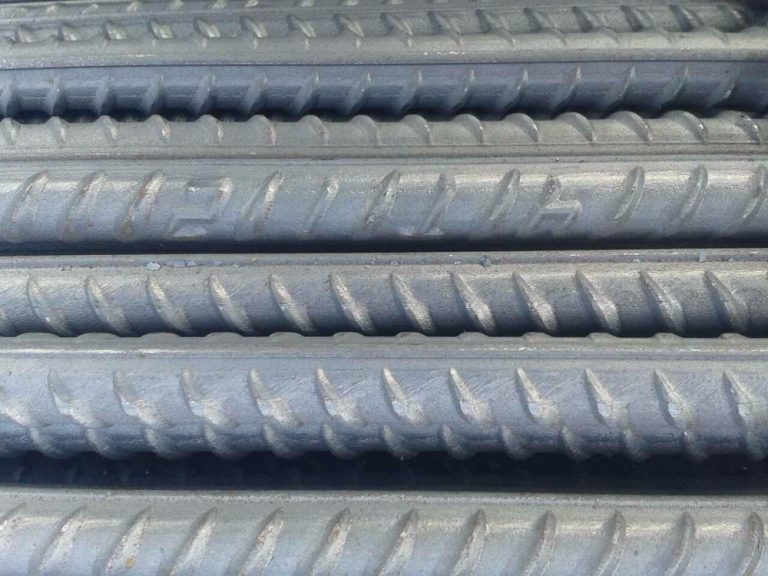European steel mills may experience a reduction in production or continue until the end of the year
At present, the European steel market is facing multiple challenges. The impact on electricity prices is the most obvious and challenging, with a year-on-year increase of about three times. Although the European Commission has recently introduced a “ceiling” policy on electricity prices, stabilizing them at € 180/MWh, it may only have a positive impact in the short term. In the long run, how to solve the power supply bottleneck is an effective solution.
In addition, the demand for European domestic steel in the market is relatively sluggish. One reason is that local steel mills have implemented a price increase strategy to balance costs, putting greater pressure on downstream traders who have already significantly reduced their net profits. The second is the low-priced resources from external regions, similar to Asian countries that have not been significantly affected by electricity price costs, resulting in relatively low prices. For example, the price of hot coils in Southeast Asia is about $200/ton lower than that in Europe, which has a significant impact on the latter’s market share.
Therefore, European steel mills continue to reduce production, firstly to reduce cost impact, and secondly to achieve supply-demand balance. This is mainly due to the large inventory in the market, coupled with the influx of low-priced foreign resources, which forces steel mills to reduce production and is expected to continue until the end of this year.




